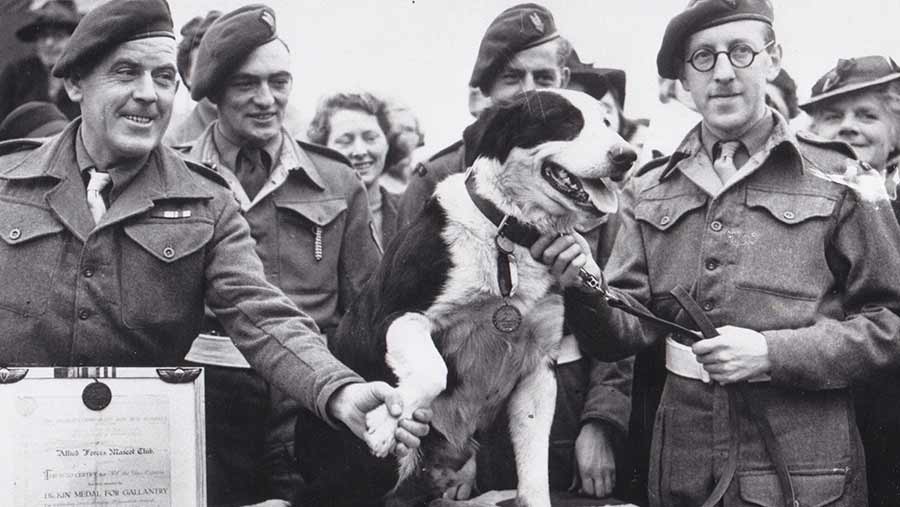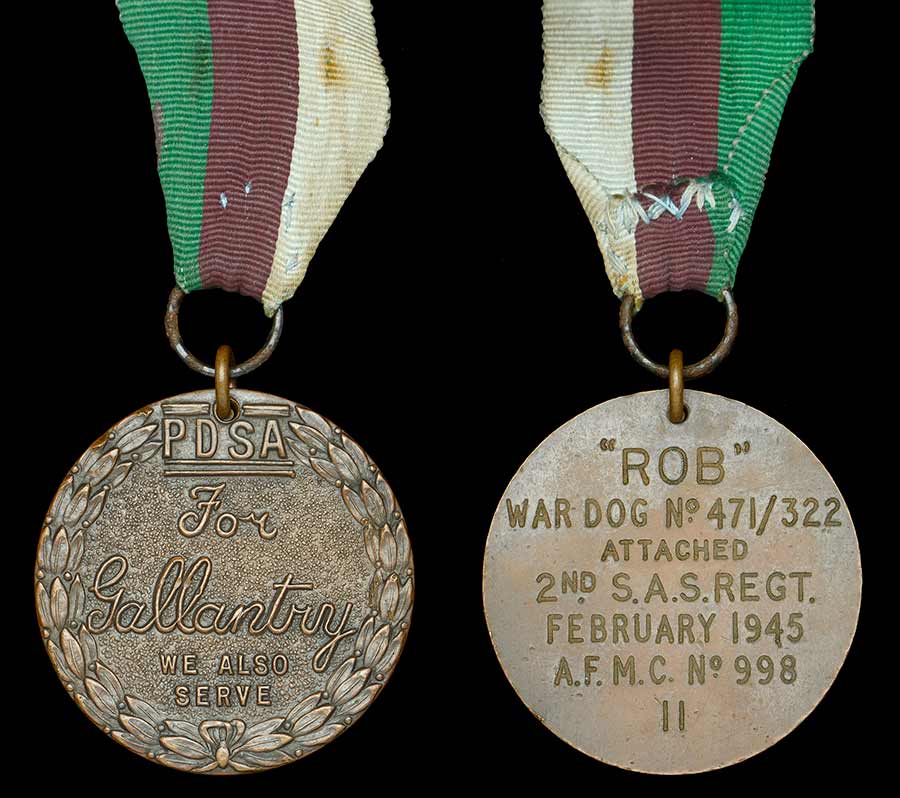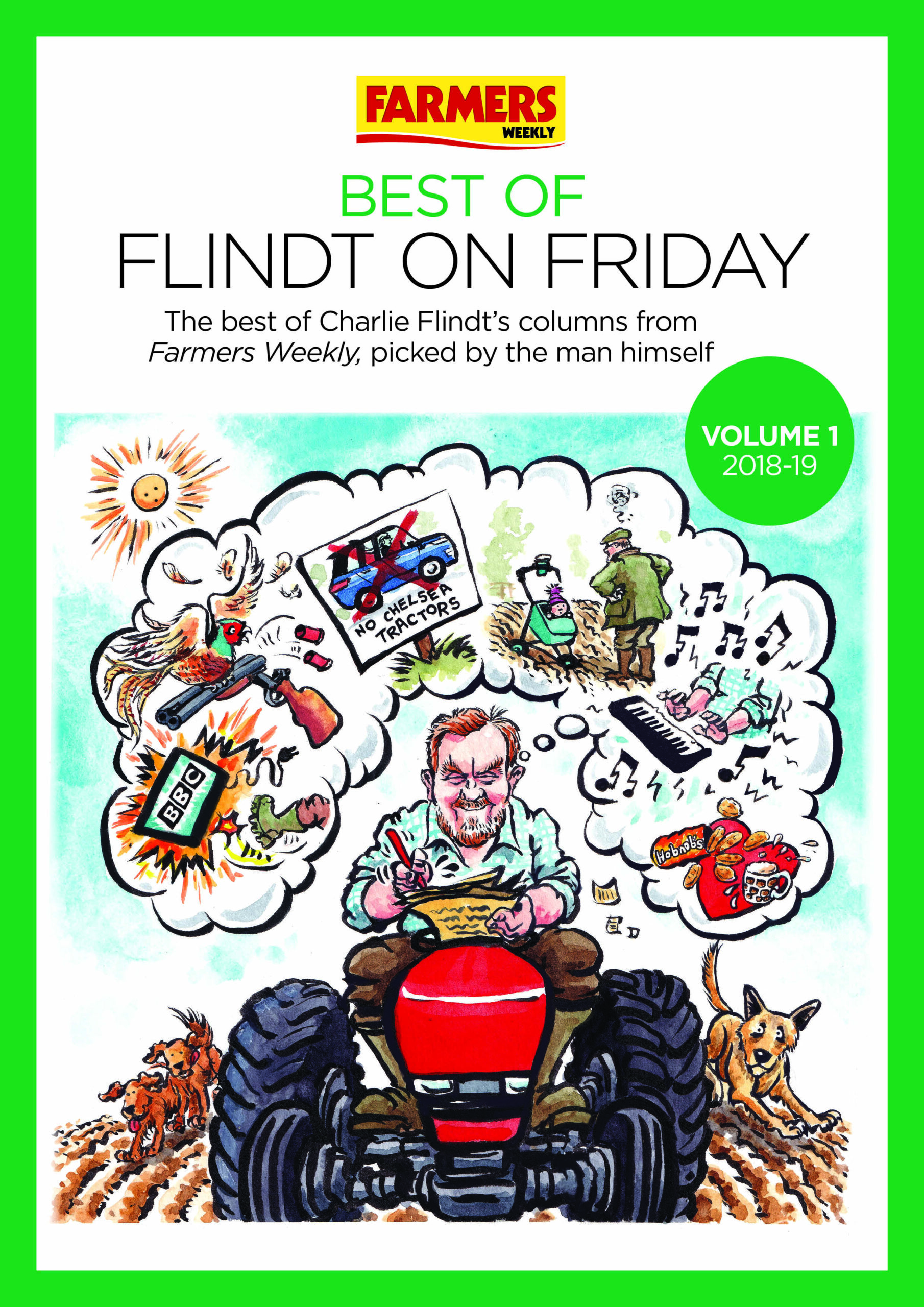War medal awarded to parachuting farm dog sells for £140k
 © Noonans
© Noonans A medal awarded to a farm dog for his bravery during parachuting missions in the Second World War has sold for £140,000 at auction, with the proceeds used to sponsor university students studying agriculture.
“War dog Rob” was awarded the PDSA Dickin Medal for his outstanding service during the war, when he undertook 20 parachute descents while serving with infantry in North Africa and the 2nd Special Air Service (SAS) regiment in Italy.
See also: Boots and Heels Blog: Training Sheepdogs with Emma Gray
The medal is the highest award any animal can receive while serving in the military, and it went under the hammer at Noonans auction house in Mayfair, London.
The auctioneer said the hammer price of £140,000 was a world record for a Dickin Medal.
It was sold by Basil Bayne, the son of Rob’s original owner, who lives in County Antrim, Northern Ireland.
The auction lot also included an extensive archive including Rob’s collar, a portrait painting, photographs, certificate, manuscripts, books and letters.
The money raised will all be donated to the Taylor McNally Foundation and will be used to sponsor students studying agriculture and farming, including courses in animal welfare and behaviour.

Rob’s Dickin Medal © Noonans
Rob’s story
Rob, a black-and-white collie-retriever, was bought as a puppy from Colemere Farm, near Ellesmere in Shropshire, in 1939 for five shillings (25p, but about £12.50 allowing for inflation).
He spent his early years with the Bayne family from nearby Tetchill, as their farm dog and pet.
Rob’s owners volunteered him as a war dog in 1942 and he was signed up on 19 May of that year.
Following action in the North Africa campaign, from September 1943, Rob served with the SAS, becoming the first war dog to do so.
With the regiment, he took part in operations in Italy, parachuting in on sabotage missions.
Mr Bayne said Rob would patrol while soldiers slept, and lick their faces to wake them up if he smelt danger, such as enemy soldiers.
On one mission, Rob is reported to have gone missing for five weeks, but in that time he rounded up all the displaced members of his 2nd SAS regiment and they returned home safely.
Mr Bayne said: “He was credited with saving the lives of these guys behind enemy lines which was the main reason for the award of the Dickin medal.
“The unique attribute of Rob which identified him as a dog for working behind enemy lines is that he parachuted down in silence whilst other dogs barked all the way down. Advertising your presence to the enemy by barking would not have been the most helpful of attributes.”
Wembley Parade
Rob was demobilised on 27 November 1945. On 16 July 1947, he led the Wembley Parade of 32 war dogs in front of 10,000 spectators. He was the only dog present to hold both the Dickin Medal and the RSPCA. Red Collar and Medallion for Valour.
The distinguished war dog died in 1952, aged 12.
Following the sale, Mr Bayne said: “I can’t believe the price, but I am so delighted that Rob’s story and legacy is held in such high respect and that the important role that he and many other animals have played in conflict is being recognised.
“Rob’s exploits have featured in the degree course on animal behaviour taught at Harper Adams University in Shropshire in recent years.”

